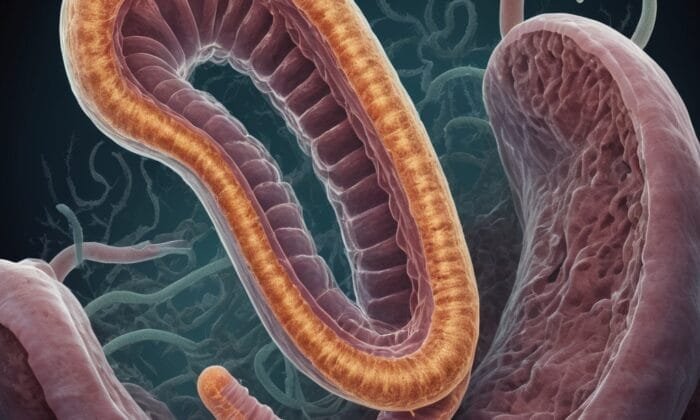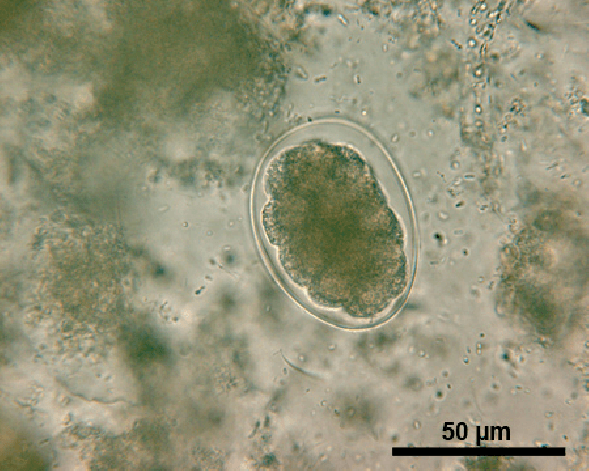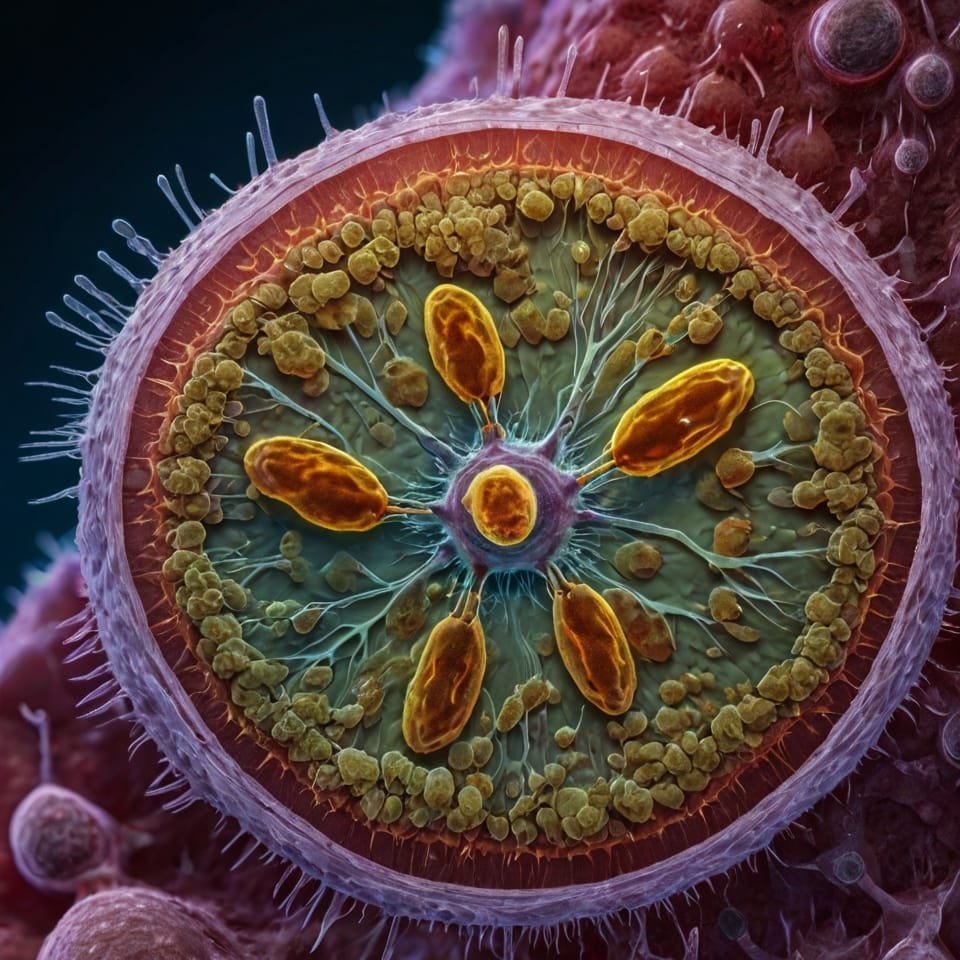
Hello, future medical laboratory technicians! Today, we venture into the world of hookworms, those small but mighty parasites that pose significant health issues in many parts of the world. As a practitioner of tropical medicine and infectious diseases, I believe it is critical to understand the intricacies of these parasites for accurate diagnosis and effective control. So let us proceed with this expedition together — looking at everything from their morphology and lifecycle to laboratory diagnosis and prevention.
What exactly are hookworms?
Hookworms are parasitic nematodes—roundworms that infest humans, specifically Ancylostoma duodenale and Necator americanus. They owe their name “hookworms” to their distinctive mouthparts, which are hook-shaped and well suited to clinging to the intestinal mucosa.

The adult hookworms are slender and reddish in color, with their characteristic hook-like mouthparts.
They are small and elongated, the reddish coloring a result of blood feeding, and are around 8 to 13 millimeters in length. They can cause serious health issues in the human intestine, particularly where sanitation is poor.
Lifecycle of Hookworms
Understanding the lifecycle is crucial for an understanding of how infection is initiated and how it is controlled. The following is an oversimplification:
- Eggs in Feces: Adult worms present in the intestine of man pass eggs in feces.
- Larval Development: After reaching the soil, eggs hatch as rhabditiform larvae in 1-2 days. The larvae mature to infective filariform larvae in approximately a week.
- Infection of Humans: Human infection typically occurs through skin contact with infected soil, most commonly by walking barefoot. The infective larvae enter the skin, migrate into the bloodstream, and pass to the lungs.
- Migration & Maturation: Larvae travel along the bronchial tree, are swallowed, and end up in the small intestine where they mature to adult worms.
- Eggs in Stool: In adults, eggs are formed and then excreted, repeating the cycle.

Question: Do you ever wonder how environmental sanitation impacts this lifecycle? Let us know in the comments!
Pathogenesis: How Do Hookworms Affect Humans?
When they arrive at the small intestine, adult hookworms embed their pointed, hook-like mouthparts into the mucosa, feeding on blood. The blood loss can result in:
– Iron-deficiency anemia (a common presentation in highly infected patients)
– Nutritional deficiency
Fatigue and weakness, particularly noticeable in children,
In some cases, the infections can result in hypoproteinemia and disrupt developmental advancement.
Laboratory Diagnosis: How Is Hookworm Infection Diagnosed?
Being future medical laboratory scientists, your contribution is central to the accurate diagnosis of infections.
Microscopic Stool Examination
The main method is microscopic examination of stool samples for characteristic eggs:
- Eggs: Oval, thin-shelled, with a developing larva.
- Appearance: Normally 55-75 micrometers in length, with a smooth shell.
Sample Preparation Techniques:
- Direct smear: Quick but less sensitive.
- Concentration methods: Formalin-ethyl acetate concentration increases detection, especially in low-grade infections.

Further Diagnosis:
Serologic testing is not routine but can be used for research. Eosinophilia and anemia on laboratory testing seal clinical suspicion.
Specimen Collection and Preparation
Accurate collection of stool is paramount:
- Use leak-proof, sanitized containers.
- Label samples appropriately.
- Process promptly to prevent egg degeneration.
Prevention and Control
Prevention of hookworm infection involves a combination of health education, personal hygiene, and sanitation:
- Hygienic disposal of feces in latrines
- Wearing footwear, especially in endemic areas
- Regular mass drug administration campaigns in high-risk populations

Key Insights
- Hookworms are intestinal blood-sucking parasites that lead to anemia and malnutrition.
- They have a complicated life cycle including soil larvae and invasion of human skin.
- Diagnosis relies almost exclusively on stool microscopy to detect the typical eggs.
- Prevention is all about sanitation, hygiene, and proper footwear.
Conclusion and Questions
It is essential to know the biology and diagnostic characteristics of hookworms as future medical laboratory scientists. Keep in mind that a correct diagnosis not only directs treatment but also aids in public health efforts to manage parasitic disease.
If you have any questions or would like to comment on your experiences with parasitology, please add a comment below. And don’t forget—keep reading and practicing your microscopy skills!
Would you rather I discuss other parasites or diagnosis techniques? Let me know! —
Thank you for reading! Keep exploring the fascinating world of parasitology, and stay curious.
References for Further Reading
- Parasitology Textbooks:
- Parasitology by Ronald Ross
- Medical Parasitology by Leventhal and Salkeld
- World Health Organization (WHO):
- Research Articles:
- Bethony, J., et al. (2006). Hookworm infection. The Lancet Infectious Diseases, 6(9), 557-568.
- Hotez, P. J., et al. (2004). Control of neglected tropical diseases. New England Journal of Medicine, 351(2), 161-164.







